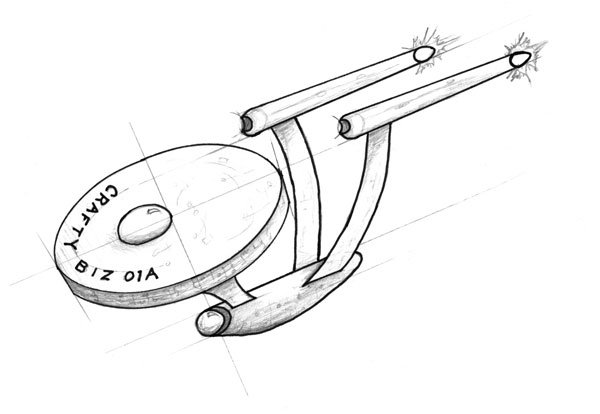Imagine, for a moment, that the path in your business – your to-dos and goals and plans – are a roadtrip. If I wanna drive from here to LA, I have choices. I could drive up to Minnesota (hi, Vanessa!) or down through Alabama (hi, Mercedes!), or I could just drive due West. If I fly, I'm going to end up going East first, through Charlotte.
What matters, as much as where I end up, is what I go through. That is going to determine how long it takes me, the experiences I have, and how satisfied I am overall with the trip.
Sure, I don't know all the tiny towns I'm going to drive through. I don't know all the sites I'm going to see. I don't even know if I'll change destinations halfway through. But picking the right Mile Markers (some of the in-between stops) will determine all that.
In Map Making, one of the first things we do is to make a list of Mile Markers. These are the things in between Where You Are and Where You Want to Go. These are the road signs you are going to pass on your way. To many map-makers, they seem like something extra. Not all that important. But, after 2 years of watching map-makers reach (or not reach) their destinations (and learn lessons either way), I've come to learn that the Mile Markers are the map.
Mile Markers set your course, they pave the path between Here and There.
They help you:
- Determine the direction you're going to go (through Alabama or Alaska?)
- Focus in on what matters – and ignore all the distractions
- Build confidence – each Mile Marker is a point of celebration!
- Keep momentum – you only have to focus on the little bit of road between you and the next Mile Marker.
A lot of us get tangled up in is tasks that are unrelated to the destination.
We make To Do lists that are full of “extras”. (ex, I want to get press coverage…so I'll post on Facebook. I want to sell more blankets, so I'll post a tutorial.) Mile Markers can help you narrow down your to dos into the tasks that will move you in the right direction.
Setting appropriate, helpful Mile Markers is a process that takes time, trial + error, and lots of paying attention to what has worked (and what hasn't). But you learn all of this by doing it, again and again (and reviewing!)


